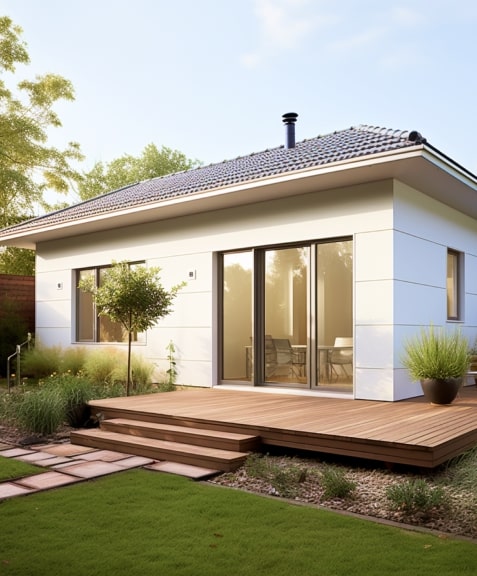
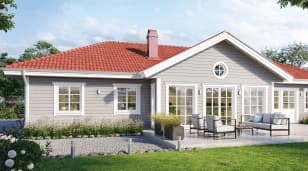
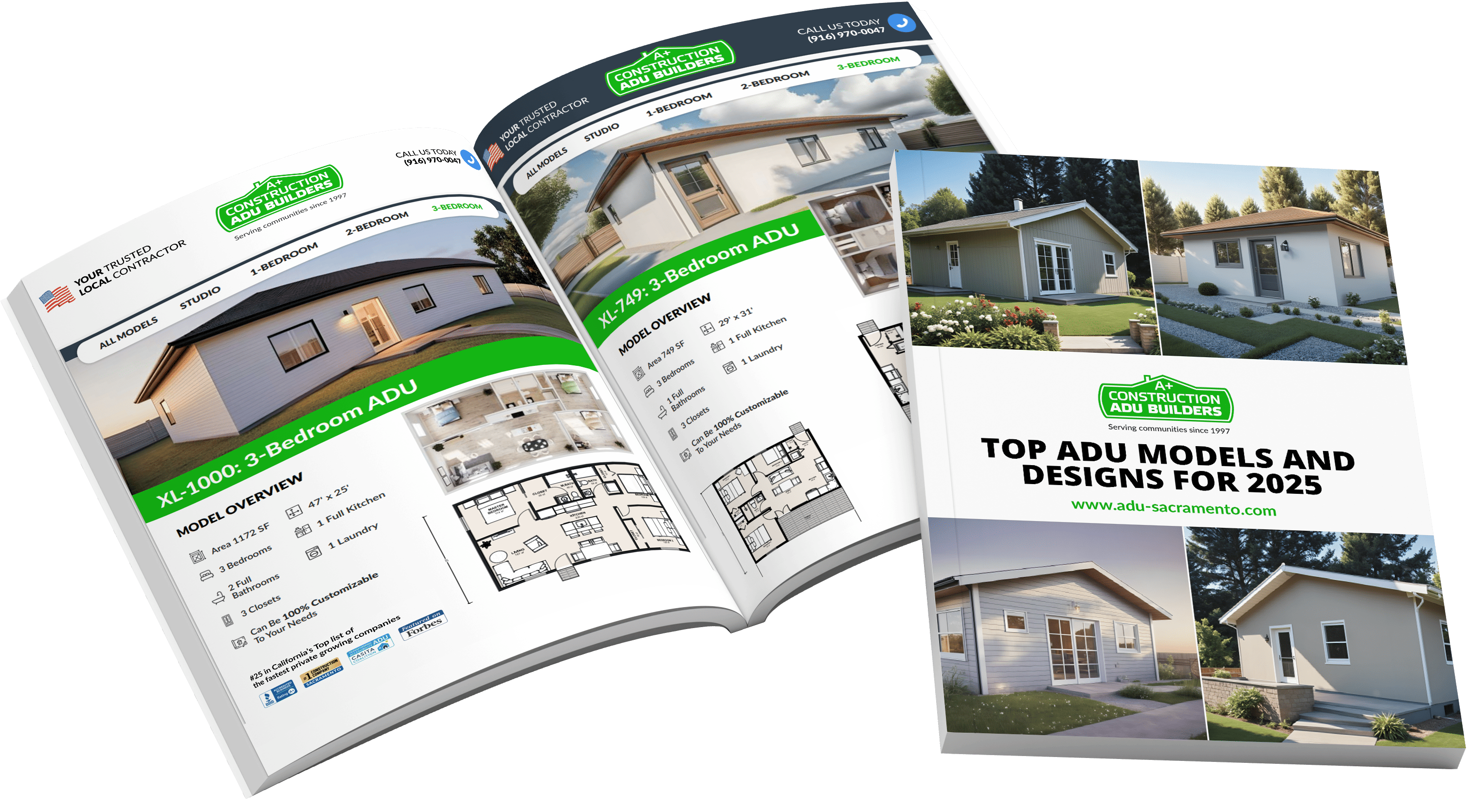

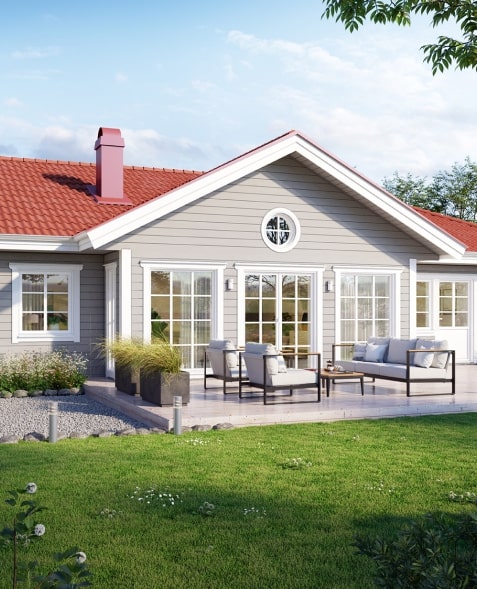
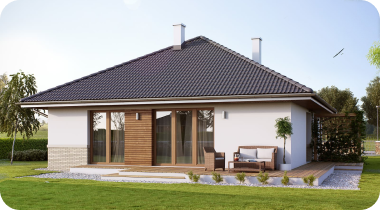
A link to download your FREE brochure will be in your inbox in 3 minutes
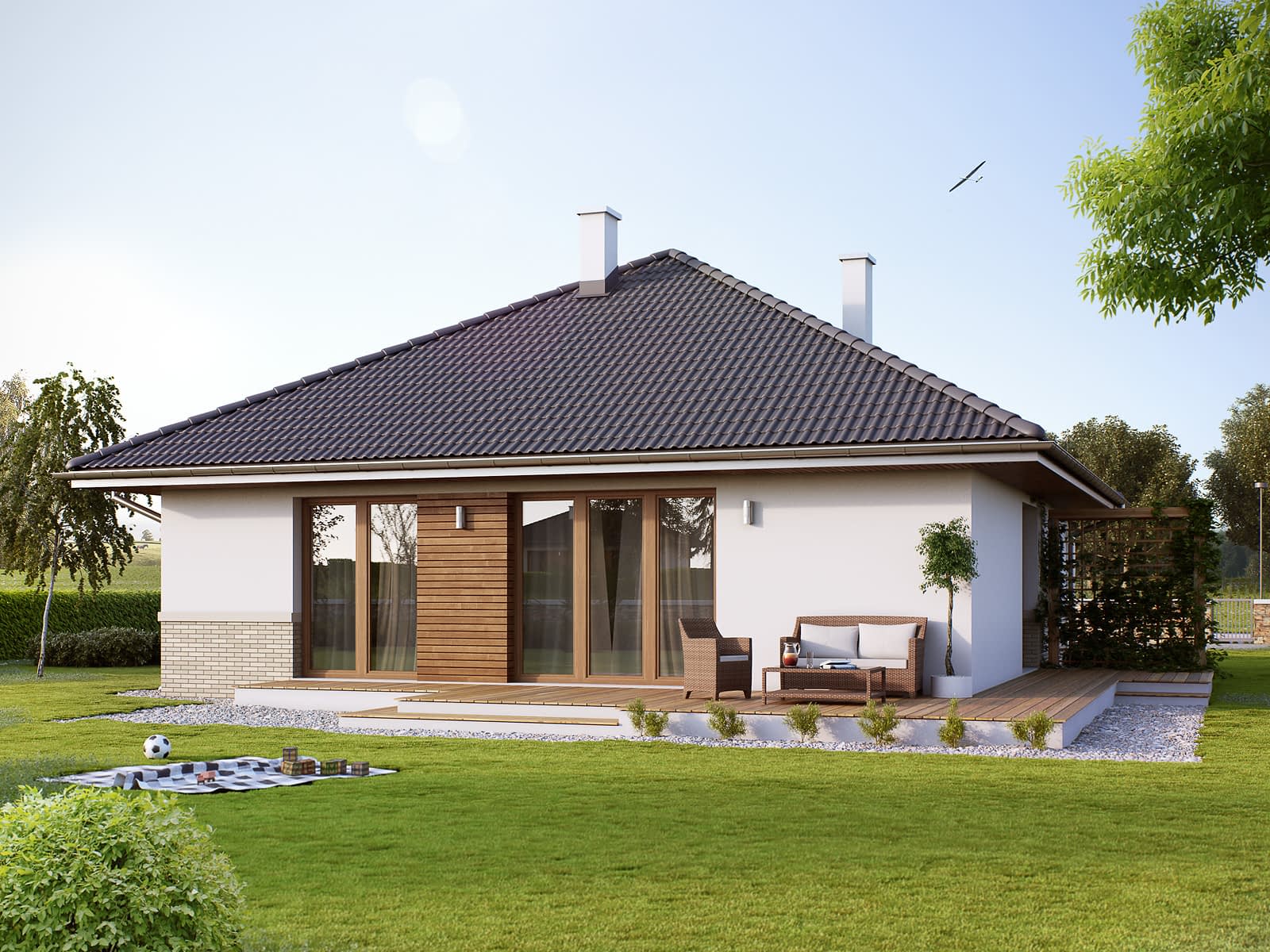





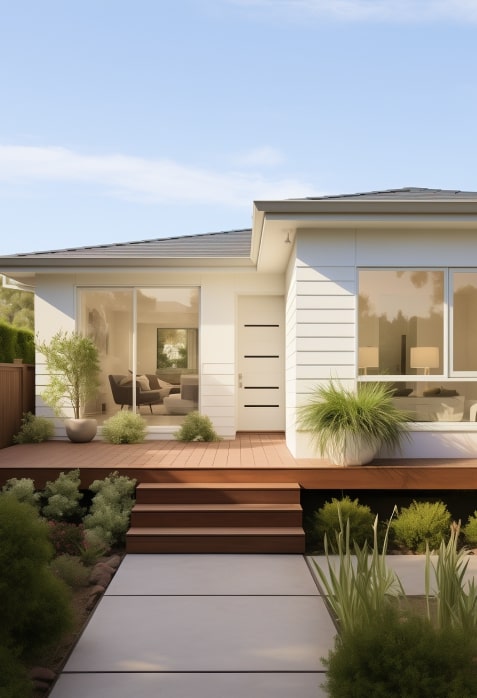
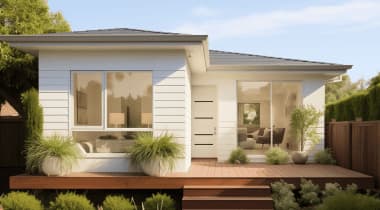











The final price may vary based on project specifics.
To get a free accurate quote tailored to your needs, book a consultation with us today!

The price per square foot provided is an average and may vary depending on project-specific details such as materials, location, complexity, and other factors. Actual costs may differ from the average provided.
It is recommended to obtain a detailed quote based on the specific requirements of your project.

Please note that the monthly payment displayed on this page is an estimate and is subject to variation based on the selected loan product, applicants credit score, loan amount, and other financial details. Actual monthly payment may differ from the estimate provided.
It is recommended to seek advice from a financial advisor or loan officer to obtain precise payment information tailored to individual circumstances.
 Your Trusted
Local Contractor
Your Trusted
Local Contractor
Want to construct a convenient and inexpensive living space for your elderly family members, rental income, or anything else? Then, a shed conversion can be a perfect solution. With thorough planning and some creativity, you’ll be able to turn a simple shed in your backyard into a comfy ADU. In our article, we’ll describe this entire process. No matter whether you want to create an extra space for your aging parents, adult children, a home gym or something else, our tips will be useful for you.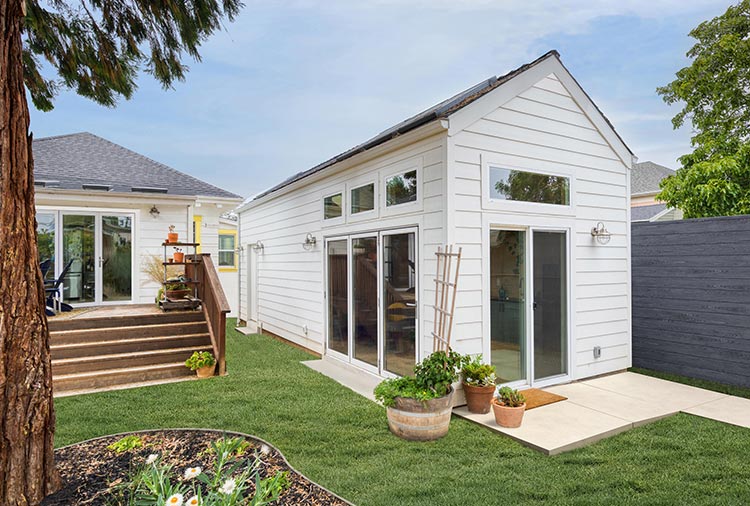
When converting a storage shed into a house, you’ll need careful planning, even if you want a very simple, tiny home. Firstly, make a project for your future accessory dwelling unit, and then estimate your financial possibilities.
The main factors that you’ll have to consider are the following:
Preparing a durable, solid foundation for your tiny shed home is a very important step. If you want your building to be a functional, convenient, and safe structure, you’ll need to pay lots of attention to this aspect.
If your budget is too small, you can use the following methods. However, they’re not very good:
But which methods are the best for a tiny house? Here, you can see some of them:
Only with a good, durable foundation will your converted shed last long, be stable, and be reliable.
Any ADU, including a shed conversion, needs to have a legal permit. No matter whether you’re going to purchase a prefab shed, hire builders to construct a stick-built one, or even make it yourself – you’ll need to get approval from your local authorities. It’s especially important if your building size is more than 120 (or 100, depending on the location) square feet.
In some places, getting the necessary permits for tiny houses may be a bit hard, but if you comply with all the local building codes, there won’t be too many difficulties.
To convert a shed into a house, you’ll need to get the following permits:
An important component of many permits are inspections. Before the approval of the document, municipal inspectors can visit your property lot to make sure everything corresponds with the rules.
If you already have the right shed on your property — that’s great! You’ll only need to convert it into a tiny house.
But in case you don’t have it and want to build a new shed tiny house, you’ve got the following variants:
In order to turn a shed into a tiny house, you’ll need to divide it into several rooms. Decide where you’ll locate the bathroom, bedroom, and kitchen. Any house needs to have different rooms — even if it has a really small space.
If your shed is barn-like and with a big loft, you can strengthen it with deadwood. Nail it to the inner parts of the corners and places where walls meet the ceiling. After that, you can attach drywall or shiplap to it. In addition to that, deadwood with exposed beams can give a specific “vaulted” appearance to your ceiling.
There are two types of electrical systems for sheds and tiny houses – classic and solar-powered. When you’ve selected the right one, you’ll need to thoroughly plan its installation. To do the electrical work yourself, you need to be a highly competent professional. If you lack the required skills, it’s better to hire a qualified electrician — especially if your ADU is large. Of course, you’ll have to spend some extra money, but it will be completely worth it.
You can conduct underground or above-ground electrical lines. Your future living space needs to have an electric service panel and circuits that are separate from the main house. However, in some cases, local authorities can allow you to make a common panel for the ADU and the main home. Then, it has to be easily accessible from both buildings.
Usually, plumbing and septic systems also require a specialist to install. Yes, DIY plumbing exists, too, but to do it, you also need skills in this sphere. Moreover, you’ll have to choose the plumbing system very carefully. Plumbing for a kitchen sink, bathroom, and other rooms is very different., Also note that a septic tank shoulatbe on a certain distance from the living space (both the shed and the main house).
In addition to that, it’s very useful to install a composting toilet. It will help you avoid significant expenses of sewer and water installations. However, some places don’t allow it, so check your local regulations and consult with a specialist.
Avoiding mold is vital for any person who owns a house. And as we all know, moisture tends to cause mold. That’s why its control is so important — especially for those who live in humid climate zones. To regulate the moisture level in your shed ADU, you can install a bathroom vent, a dehumidifier, and a kitchen vent hood.
You can use different methods to regulate temperature in your tiny house. They can be active and passive. The first category includes window air conditioners, ceiling fans, ductless mini-split systems, baseboard heaters, radiant floor heating, and pellet stoves. The second group methods are airflow, sun heat through windows, and cooling reflective paint.
Insulation is another essential thing for a shed conversion.
Why is it so necessary?
So, it’s crucial to insulate all the main surfaces of the tiny house – not only walls, but also floor and ceiling.
Let’s name the most popular insulation variants:
The first one is the most optimal variant for a shed conversion. Let’s explain why:
Should you insulate the tiny home yourself or hire a specialist? You can do it on your own rather easily, and it will be much cheaper. However, only a professional will make it the right way and guarantee a high-quality result.
During this stage, your shed is finally becoming a comfy tiny house. Now, you’ll need to cover the shed walls with siding to make them look really cozy and welcoming.
The most popular siding variants include:
Every one of those siding variants can give your converted shed space a unique, inviting look.
The last stage of converting a shed into a house is installing the floor.
The most common flooring options include:
https://aplusconstructionremodeling.com/wp-content/uploads/2025/04/Shed-to-ADU-Conversion-2.jpg
To finish converting your shed into a house, you’ll need to design its interior and give it your own unique touch. Add furniture, decorations, technical devices — whatever you want! We’d recommend you to use compact multifunctional furniture, especially if your converted shed is small. Examples include a retractable bed, a sofa with storage space, a foldable dining table, and many others. The choice is truly immense!
[/b_block]
An ADU is not only an additional living space or a rental income source. It significantly increases the property value. It means that if somebody decides to buy land with an ADU, this land will cost much more. So, constructing a tiny house can be very profitable in the long run.
The process of creating a shed ADU on your property isn’t very complicated at all. Even the tiniest sheds can be completely convertible to a living space. Making an ADU out of a shed is significantly easier than building it completely from scratch.
However, there are also some challenges in this process, which you need to know about, especially if you want to make it on your own. So, we’d strongly recommend you hire a team of specialists. This variant seems more expensive, but it will help you avoid many costly mistakes — so, paradoxically, it may turn out even cheaper.
Get a First Look at Real ADU Projects